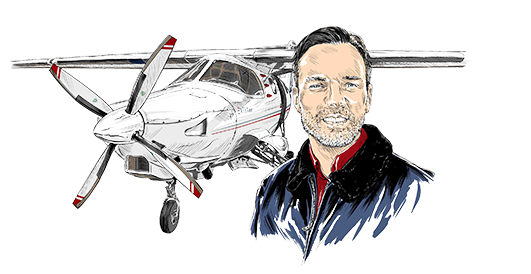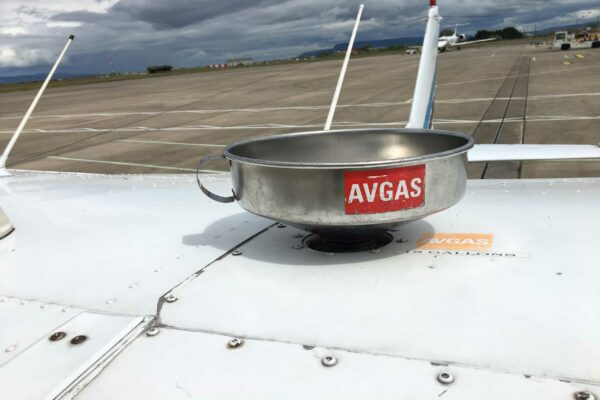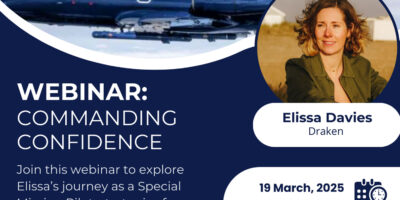I recently looked back and checked the last time the subject of revalidation and renewal was addressed – it is a perennial topic of discussion in GA and one worth revisiting from time to time. ‘Revalidation’ being the process of further extending the validity of a rating and ‘renewal’ referring to making valid a rating that has expired.
People come and go from flying and memories of the requirements fade. Changes also occur and for those returning to GA after an absence, it can take time to reacquaint. No significant changes have occurred recently, but there have been some minor tweaks in the last few years. I always find the FAA requirements easier to remember – even if you have not flown for a long time, ‘training as required and then a flight review’, is normally the basic answer. Exactly what training, can then be discussed with an instructor.
The renewal requirements under Part-FCL are normally similar – training as required and then a licence proficiency check with an examiner. An obvious difference from the FAA is that under Part-FCL, ratings must be renewed or revalidated individually. Whether it is a revalidation or renewal, the section of the licence document in which the new validity is written is known as the ‘certificate of revalidation’ page.
On the back of the licence
The conversion processes that have taken us from national or JAR to EASA (and now back again) can sometimes mean licence documents need reissuing before a rating can be reactivated. For example, earlier in the year I went through the process of obtaining a UK Part-FCL licence based on an EASA one that had been issued by another state.
While waiting for the process to go through, my EASA SEP rating lapsed. I could have found an EASA examiner or FCL.945 instructor to revalidate it, but I did not do so in time, and as a result my UK licence arrived with the SEP rating on the back of the licence document.
Those of you who remember the original national or JAR to EASA conversion process may remember this issue – if a rating is not valid at the point of licence conversion, it goes on the back of the licence as a reference that you held this rating.
The rating is not lost, but if you want to renew it, an examiner cannot simply sign the certificate of revalidation page after a successful proficiency check. Instead, you must complete the check flight and then fill out an online form (currently SRG3108 I believe) and a new licence document will be issued with an updated ratings page and the new validity period inserted in the certificate of revalidation.
What hours count?
The revalidation by experience arrangement for the SEP rating consisting of 12 hours (to include one hour refresher training, as set out in Part-FCL, FCL.740) has been with us for more than 20 years and is generally well understood.
Hours flown for the requirement must be in the same class of aircraft, but one issue that sometimes comes up is whether experience flown in non-Part 21 aircraft (i.e., what we used to call non-EASA) count.
During the UK’s membership of EASA a policy position was adopted whereby hours flown in non-EASA aircraft did count, so long as the aircraft met the SEP class definition. A few years ago, EASA decided to try and clarify the requirements and published an Acceptable Means of Compliance (AMC), meaning that three-axis microlight time could also be counted towards the 12 hours experience requirement, but that the hour of refresher training still had to be in a heavier SEP (non-microlight) aircraft.
The wording of the AMC to FCL.740 is a bit opaque but it essentially says that if you use a non-Part-21 aircraft for the refresher training element, the aircraft must be non-Part 21 as ex-military, vintage or an amateur built aircraft, rather than a microlight.
The same principle applies to the LAPL(A) requirements, but note that for the NPPL(A) the class rating system works separately and the respective privileges to fly microlights or SSEA aircraft are maintained as separate ratings.
Third country ratings
Some minor changes from 2019 made it easier to renew a Part-FCL rating if you also hold an equivalent rating on a ‘third country’ ICAO licence. For example, if your equivalent ICAO rating is valid but you need to renew your Part-FCL one, you do not need to seek refresher training from an ATO or DTO before taking a proficiency check. A similar principle applies to the Instrument Rating.
Even though the term ‘third country’ is still used in the UK’s retained EU law, it is perhaps now a misnomer because in the context of the EU, third country meant a state outside of the EASA system. In the UK’s retained EU law, ‘third country’ now means any state other than the UK.
This is potentially helpful for holders of both EASA and UK Part-FCL licences since EASA licences now fall within the UK definition of ‘third country’. So if you let a UK Part-FCL rating lapse, but still have a valid equivalent on an EASA licence, you are excused from the refresher training requirement before taking a proficiency check to renew the UK rating.
Time to rationalise?
While commenting on the use of three-axis microlight time in 2020, I wrote that there is now a rather messy intersection at the distinction between a microlight and a heavier aeroplane, the line between EASA and non-EASA aircraft and the subject of revalidating by experience. It is worth reflecting on the fact that the PPL(A) with SEP rating, the LAPL and the NPPL all have slightly different requirements for the use of experience in maintaining the privilege to fly very similar aircraft.
Hopefully the long-awaited CAA consultation on Flight Crew Licensing will bring the opportunity to rationalise.







